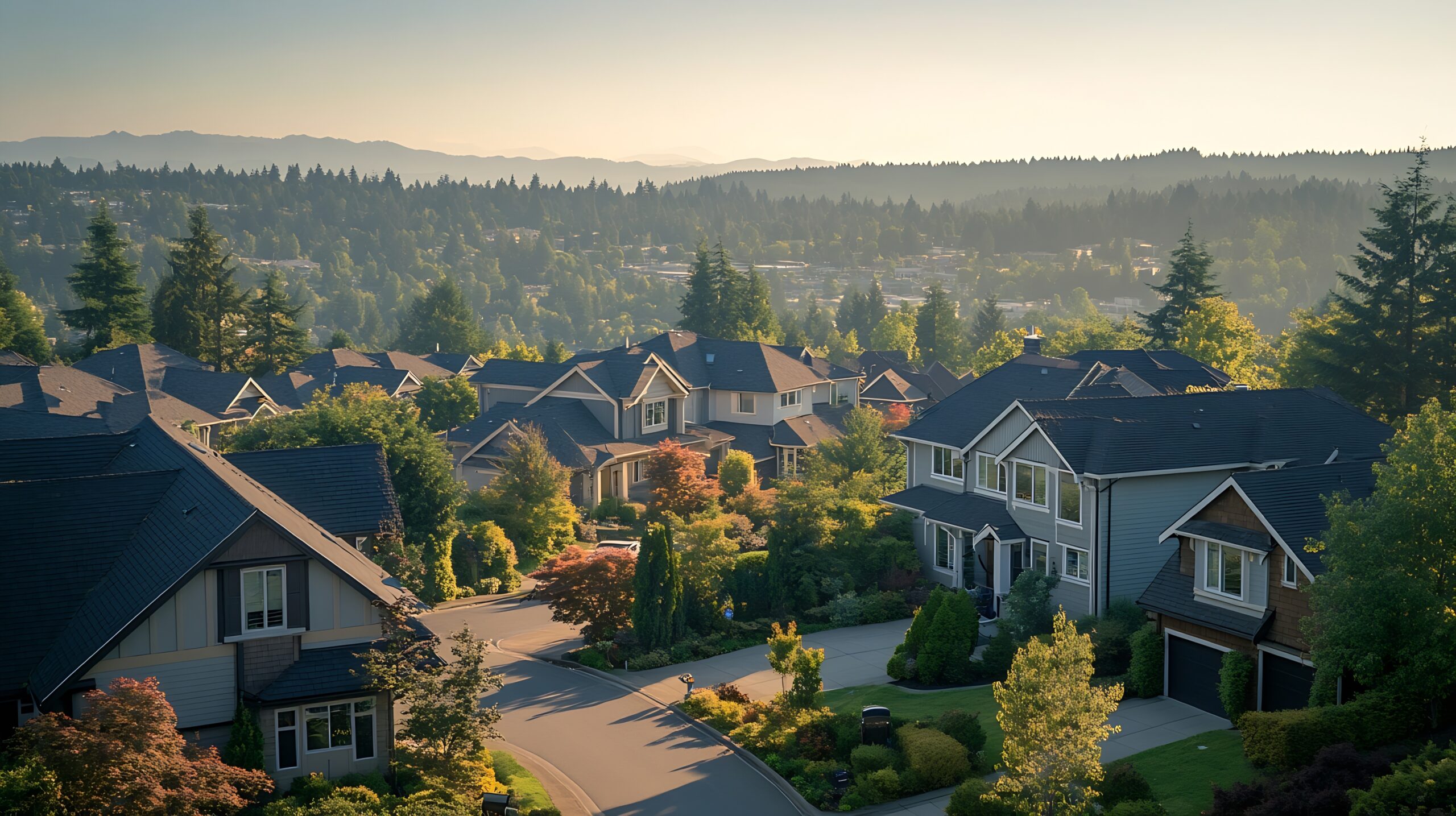In a world increasingly affected by climate change and urban sprawl, it’s easy to feel overwhelmed by the challenges of environmental sustainability. The good news, however, is that urban greening initiatives are proving that even small spaces, when transformed into green areas, can have a significant positive impact on both the environment and the communities that inhabit them. From parks and community gardens to green roofs and tree-lined streets, the potential for creating eco-friendly urban spaces is enormous.
Urban Greening: A Simple Concept with Big Results
Urban greening is the process of adding more green spaces into city environments, where concrete and asphalt often dominate. This can range from planting trees along sidewalks to converting vacant lots into vibrant community gardens or installing green roofs on buildings. While it might seem like a small step in the grand scheme of environmental change, these initiatives are proving to have far-reaching effects.
For starters, they help tackle some of the most pressing urban issues, including air quality, the heat island effect, and loss of biodiversity. By introducing plants into these spaces, we create natural air filters, cool down the environment, and provide habitats for pollinators like bees and butterflies, which are essential for maintaining our ecosystems.
Cooling Cities, One Green Roof at a Time
One of the most powerful tools in urban greening is the green roof, which involves covering buildings with vegetation. This seemingly simple addition has huge benefits. In cities, where heat can be amplified by the large amount of concrete, green roofs help mitigate the urban heat island effect, a phenomenon where urban areas become significantly warmer than their rural surroundings due to human activity and infrastructure.
Green roofs provide natural insulation, reducing the need for air conditioning in the summer and heating in the winter. This can lead to significant energy savings and a decrease in greenhouse gas emissions. In addition, these green spaces absorb rainwater, which can help prevent urban flooding by reducing the strain on stormwater systems.
Cities like New York, Toronto, and Copenhagen are already implementing large-scale green roof projects, and the benefits are clear. These roofs not only help the environment but also improve the quality of life for residents by providing access to green spaces in urban areas.
Community Gardens: Bringing People Together
Another key aspect of urban greening is the creation of community gardens. These gardens, often located in vacant or underused urban lots, allow people to grow their own food, fostering a sense of community and sustainability. Not only do they provide fresh produce in urban areas where food deserts may exist, but they also contribute to environmental health by improving soil quality and reducing urban runoff.
The benefits of community gardens extend beyond just food production. They create green spaces where neighbors can come together to work towards a common goal, improving social cohesion and mental well-being. Studies have shown that access to green spaces has a positive impact on mental health, reducing stress and anxiety, and fostering a sense of calm.
Community gardens also offer an opportunity to teach younger generations about sustainability, food production, and the environment. By engaging children and young adults in gardening, they learn valuable skills that they can carry with them for life, furthering the impact of urban greening initiatives.
Trees in the City: Nature’s Air Purifiers
One of the simplest and most effective ways to green a neighborhood is through tree planting. Trees not only provide shade and beauty, but they also serve as natural air purifiers. Through a process called photosynthesis, trees absorb carbon dioxide and release oxygen, improving the air quality in urban environments.
Trees also help cool the surrounding environment by providing shade, reducing the need for air conditioning, and lowering energy consumption. In addition, they improve stormwater management by absorbing rainwater, preventing erosion, and reducing the risk of flooding.
Many cities are recognizing the importance of urban trees and are launching initiatives to plant more. In fact, research shows that neighborhoods with more trees have lower rates of crime and better overall health outcomes. The presence of trees in a community can transform a neighborhood, making it more livable and sustainable for everyone.
Greening Small Spaces: Turning Vacant Lots into Parks
Not every urban greening project has to be large-scale or involve rooftops and gardens. Small spaces, such as vacant lots, can also be transformed into valuable green spaces. By converting these underused areas into parks, playgrounds, or even art installations, cities can provide residents with much-needed outdoor spaces that promote physical activity, relaxation, and social interaction.
These small urban parks have been shown to improve the quality of life in surrounding neighborhoods. They encourage walking and biking, reduce stress levels, and offer places for children to play safely. They also help promote biodiversity by providing habitats for wildlife and supporting urban ecosystems.
In some cities, vacant lots have been turned into vibrant community hubs, complete with outdoor seating, public art, and spaces for local events. These initiatives help revitalize neighborhoods, bring people together, and create more sustainable urban environments.
The Future of Urban Greening
The beauty of urban greening is that it doesn’t require massive changes or expensive investments to make a difference. Whether it’s planting a few trees on your street, starting a community garden, or advocating for more green roofs, everyone has a role to play in creating greener, more sustainable cities.
As urban populations continue to grow, it’s essential that we rethink how we use our spaces. By prioritizing green initiatives, we can create neighborhoods that are not only more eco-friendly but also healthier, more vibrant, and more connected.
Urban greening is a movement that shows that small spaces, when thoughtfully designed and nurtured, can indeed have a big impact. It’s time to make our cities not just places to live but places to thrive, for both the environment and the communities that call them home.
